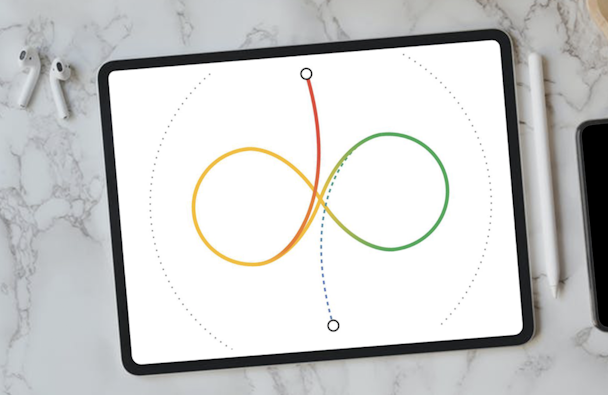A digital marketer’s guide to Google’s ‘Messy Middle’
Nearly 10 years after Google published its ‘Zero Moment of Truth’ (ZMOT) model, the company has presented a new and updated version titled ‘The Messy Middle'. The new version is based on behavioural research from data across Google’s platforms, and what was discovered re-imagines what marketers know about consumer behaviour.

A digital marketer’s guide to Google’s ‘Messy Middle’
Users now consider a range of factors beyond price when making decisions about what products to buy. In fact, brand loyalty has seen a sharp decline in this new era – with 30% of consumers shifting from their preferred brands when presented with another option.
Precis Digital looked into the research to see how marketers can apply it for a full-funnel strategy across the four distinct phases. Plus, we'll walk you through how short-termism can kill branding efforts, why information-devoid messaging will lose indecisive customers, and how a holistic strategy is key.
Exposure (see)
First, let’s examine upper-funnel activity, where recently there has been a strong focus on ‘activating’ customer needs. However, Google found that there is almost always a combination of triggers, be it word-of-mouth, brand activity or a lifestyle change – marketing exposure is only one component of that trigger.
Therefore, being top-of-mind for customers is even more critical in your brand messaging than previously estimated. Unique branding can cut through the noise whereas sales/product-centric messaging is less likely to stay with the customer and is less effective at this stage. Although it can boost short-term ROI, branding must also be evaluated as a long-term investment.
To retain a good ROI even on long-term investments, marketers can use targeted audience strategies to avoid spreading investments too thin. Use lookalike audiences and/or audience-segmented messaging to still run efficient branding activity, while still focusing on the right objectives.
Exploration and evaluation (think)
Once users are ‘triggered’ to start the research process, they enter a phase of exploring and evaluating. Sometimes the path from trigger to purchase is short, skipping the research phase completely. Other times customers can spend weeks, even months there.
Google’s research shows users are now more actively searching for options, multi-tabbing and/or weighing up options from several retailers at a time. Price is less of a factor, and customers want more information before making a decision. Information-devoid marketing in the mid- and lower funnel does not help the customer navigate the complex decision-making process. Instead, focusing on delivering clear, simple information about the product creates the confidence customers need.
Furthermore, while marketing during the exposure phase requires firms to narrow audience targeting, when it comes to exploration, brands need to target more broadly. Luckily, signal-based bidding (Google’s Smart Bidding, Facebook’s Campaign Budget Optimization) enables marketers to tap into those signals and be there at the right time.
Purchase (do)
Even with the right information, getting the customer to make a purchase decision might require a nudge. Consumers are highly susceptible to emotional triggers and Google identified six cognitive biases which shape shopping behavior:
-
Category heuristics
-
Power of now
-
Social proof
-
Scarcity bias
-
Authority bias
-
Power of free
These can include customer reviews, low stock alerts or promoting speedy delivery (Amazon is a prime example). Make sure to use these tactics in remarketing messaging to ensure that your ads speak directly to the customer.
Experience (care)
Google’s research shows that the moment of purchase is not the time to relax. Everything comes full circle in the experience stage, where marketers can create feedback loops within the exploration phase – this can also have an impact on prospective customers too. Again, we find an increasing need for cross-functional teams and a holistic strategy to build brand strength.
Summary
A new model will never replace a good strategy but ‘The Messy Middle’ gives a fresh perspective on how consumers interact with brands. Marketers should take these learnings and test the insights in their own messaging and targeting strategies. Those teams that succeed will be the ones with a cross-functional approach to both branding and performance – and those that work in silos will be the ones that fall behind.
Andreas Toth Arentoft & Jess Dickenson, Precis Digital
Content by The Drum Network member:

Precis Digital
Precis is a data-driven digital marketing agency specialising in Digital Marketing, Measurement, and Data Science.
Precis was founded in 2012 by former Google...
